关于印尼伊真火山的一切你都该知道
探索东爪哇壮观的伊真火山!

Most people have Mount Ijen on their must-do list in East Java. Our feelings on Mt Ijen are a bit mixed! It’s got a cool blue fire phenomenon and a gorgeous volcanic lake (world’s largest!) and if practised responsibly, tourism can really help the locals here. But on the other hand, it’s a bit too crowded for our tastes. Read on to see if it’s for you!
The Basics
What is Mount Ijen?
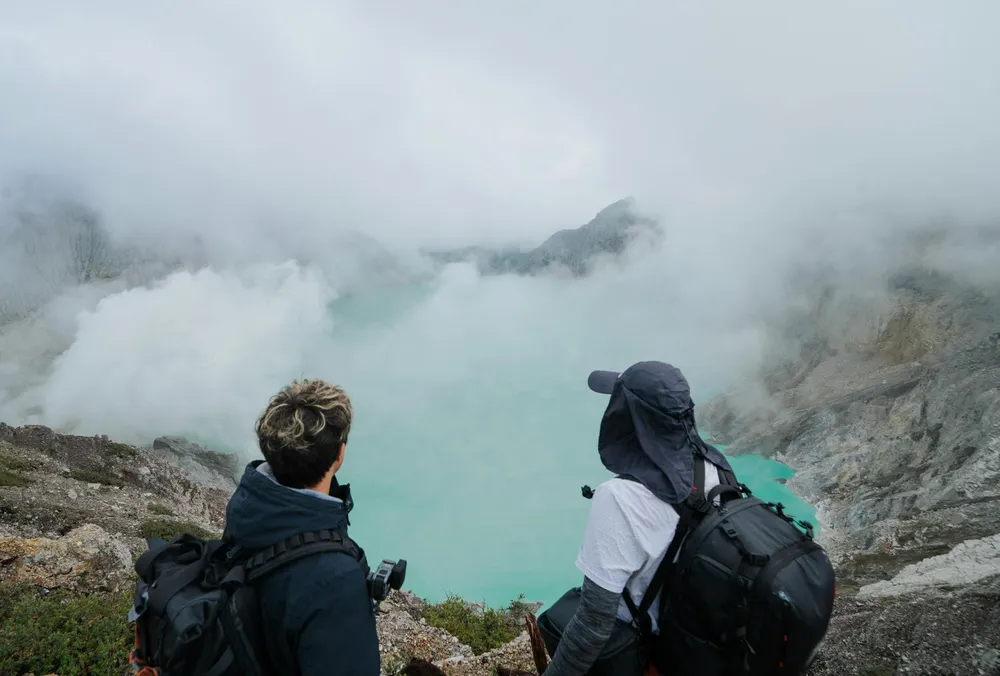
Mt Ijen is an active volcano famous for its turquoise crater lake (world’s largest!) and its rare blue fire. For us the blue fire was a little underwhelming, and the Ijen crater lake was the main draw. It’s a highly acidic crater lake, which is what gives it that vivid colour, and the same volcanic gases are what create the sulphur fire at night. It was so cool to see the lake’s colour change as the sun rose and the morning light hit, turning the lake from a greenish hue to a bluer one.
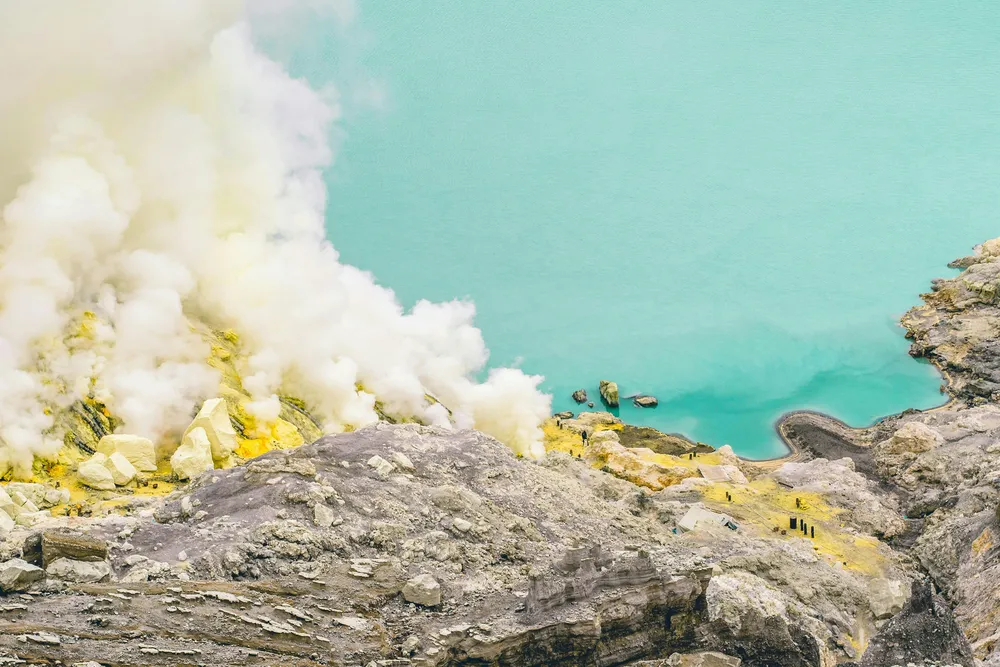
The blue fire itself was… just okay for us. It’s basically a streak of burning sulphur gas, which reminds us a lot of the flame on our kitchen stove. We think it would’ve been a really amazing experience if enjoyed without crowds - but having hundreds shove, and push each other to snap a picture around the flames makes it a super unpleasant experience in general. It’s still worth seeing the famous blue fire since you can’t find this anywhere else, but it’s not the kind of view that blows your mind if that’s what you’re hoping for.

Would say that it's still a truly unique experience: hiking down into Ijen crater, getting blasted by sulfur fumes when the wind blows, the wild volcanic landscape, and watching sulfur miners at work. They carry huge loads of sulphur, climbing up the jagged terrains while everyone else shuffles past with headlamps and selfie sticks. It’s a crazy contrast to witness…
Is Mt Ijen Worth Your Time?
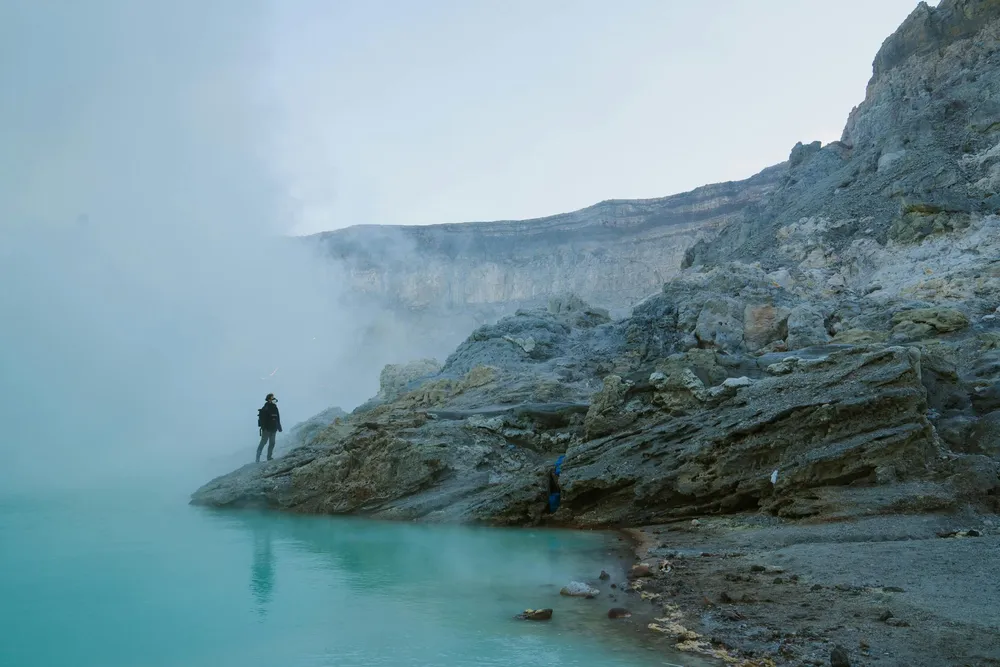
It depends! If you’re after something unique and don’t mind a bit of touristed chaos we’d say yes, add it to your bucket list! Even the way back (return trip) surprised us with really beautiful views, since the trek starts in the middle of the night. Lush greenery, mountains in the distance, and fluffy white clouds, so pretty!
For us, we loved every single thing about the Ijen tour (yes, did not hate being hit by sulfur gas)… except the people (did hate being pushed around). Without the crowds (which we think was almost a thousand people!), it would’ve been a solid 11/10 experience!
But who knows you might get lucky and get to enjoy the hike on a less crowded day?
Who Should Not Do It?
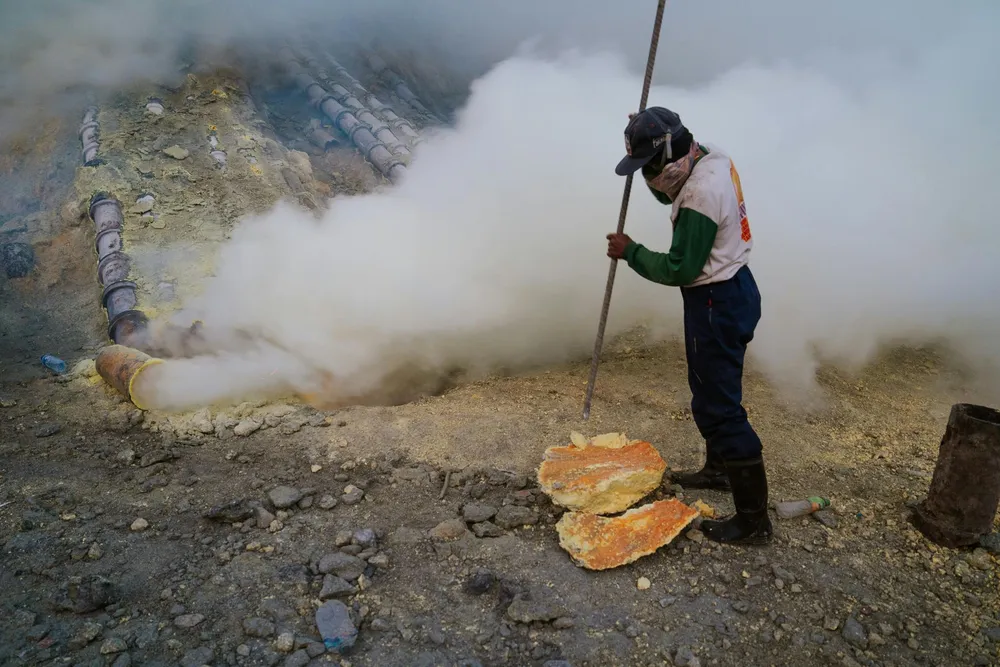
The Ijen volcano isn’t for everyone. If you hate crowds or are worried about safety, it may not be for you. Here’s a breakdown:
- If you hate crowds, this is NOT enjoyable. It was so crowded for us we could not reach a hand out without smacking someone in the face.
- The crater hike can be dangerous. With everyone rushing to see the blue fire before sunrise, there was a lot of pushing and traffic. It was so busy that we didn’t even make it back up to the crater rim in time for sunrise!
- Sulfur fumes are strong, and even with a gas mask, the exposure can irritate your lungs for those who are extra sensitive! We’ve also seen news of people who have existing breathing issues who get triggered by the fumes.
TLDR: if you have breathing problems, mobility restrictions, are worried about safety, or just hate inconvenience, this trek might not be worth it!
How Hard is the Hike?

Not too tough if you get an average amount of exercise in general. Your total journey will take around 5 hours in total, approx 10KM round trip. There are basically two chunks to this hike:
- The tar road climb: steep, stamina-heavy, but straightforward.
- The crater section: jagged volcanic terrain, rocky path that’s more technical, can get a bit dangerous if you’re distracted.
The other tricky bits are that you’re hiking in complete darkness (though headlamps are provided), and again, it’s so crowded… at some points it really felt like we were at a marathon we didn’t sign up for!
How Touristy is the Ijen Volcano?
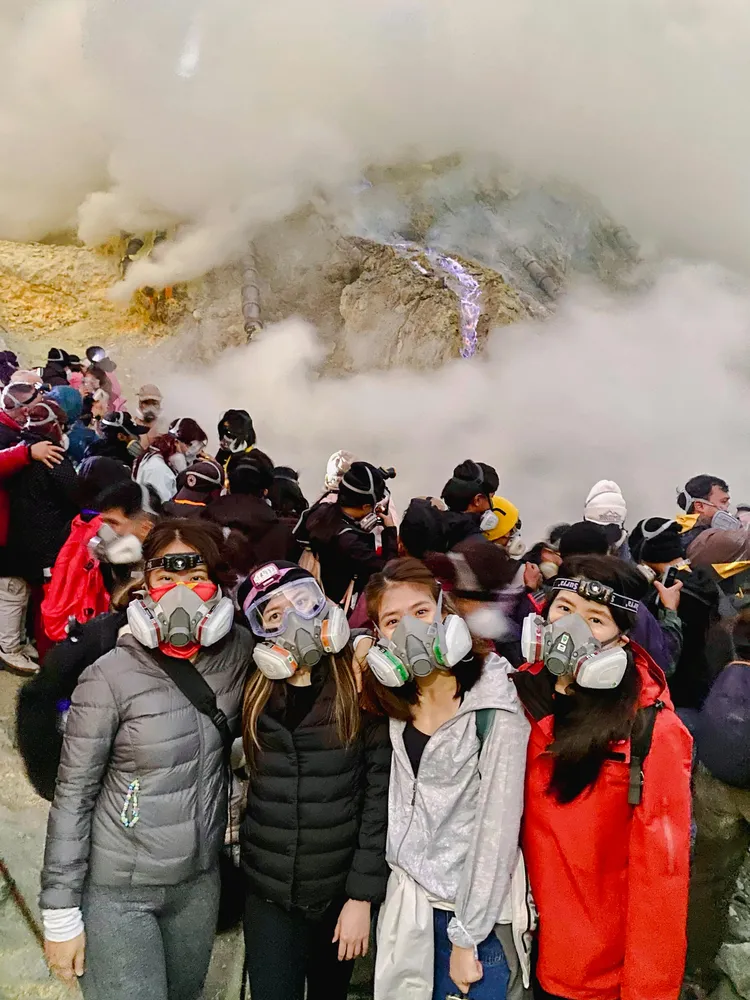
It’s not man-made/cringeworthy touristy like the Bali swing, but it does get crowded! When we went, it felt like a marathon with almost a thousand people in a fairly small space. So if you go anytime from April to November (which is dry season), you should expect a lot of people.
Your best bet to avoid the crowds is probably to go there in April - which is still dry season, but before the summer crowds descend.
Best Time to Go

Kawah Ijen is open year-round, but when you go matters for your own hiking safety, and it affects your chances of nice views and crowd levels:
- Dry season (April–November): Best for trekking and seeing the blue flames. Trails are firmer and safer with less rain.
- Peak season (July–August): Dry weather and clear skies, but expect massive crowds since it’s the summer holidays.
- Wet season (December–March): Slippery trails, muddier hike, crater lake access trickier, but much less people!
It’s now crowded throughout the dry season as well, (we went at the end of September) but your best bet is still the shoulder seasons from April–May or October–November.
However, if you have lots of time to spare, can afford to loiter for a few days, and hate crowds, then you could try your luck going in the rainy season!
How to Get to Kawah Ijen
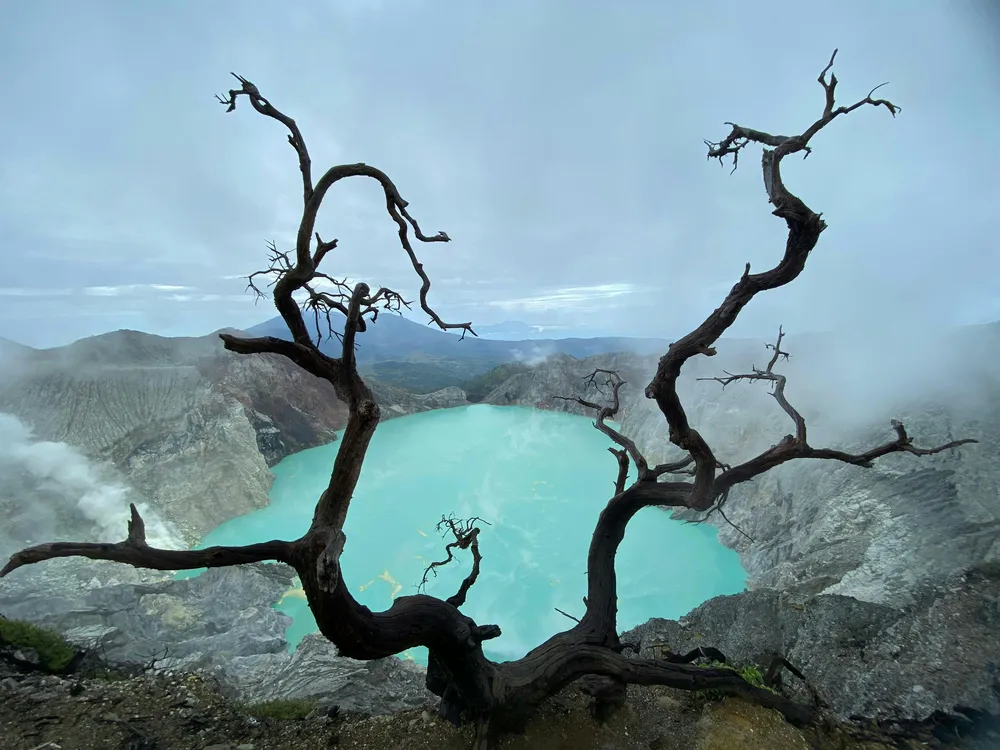
There are two gateway towns to Ijen: Banyuwangi (if you’re flying in, or coming from Bali) and Bondowoso (if you’re coming from Surabaya). Most Ijen tours will start from these gateway towns. From Bondowoso or Banyuwangi, it’s about 1–2 hours’ drive to the Ijen trailhead, Paltuding (which is also base camp and the starting point of the hike).
Some Ijen tours will also provide pick up from Bali, or Mount Bromo (if you’re doing Mt Ijen as part of a Bromo-Ijen experience).
Getting there from Surabaya: Most people fly into Surabaya, which is further away but convenient if you’re combining Ijen with other East Java trips like Mount Bromo. From Surabaya, it’s roughly a 6–8 hour drive to Ijen. The closer option is Banyuwangi, just 1–2 hours from the trailhead by car.
Getting there from Bali: From Bali, you can take a fast boat or ferry to Banyuwangi. Depending on which type of boat you take, and if you take public transport or a private transfer - this journey takes around 4-8 hours depending on what combinations of transportation you take.
Where to Stay
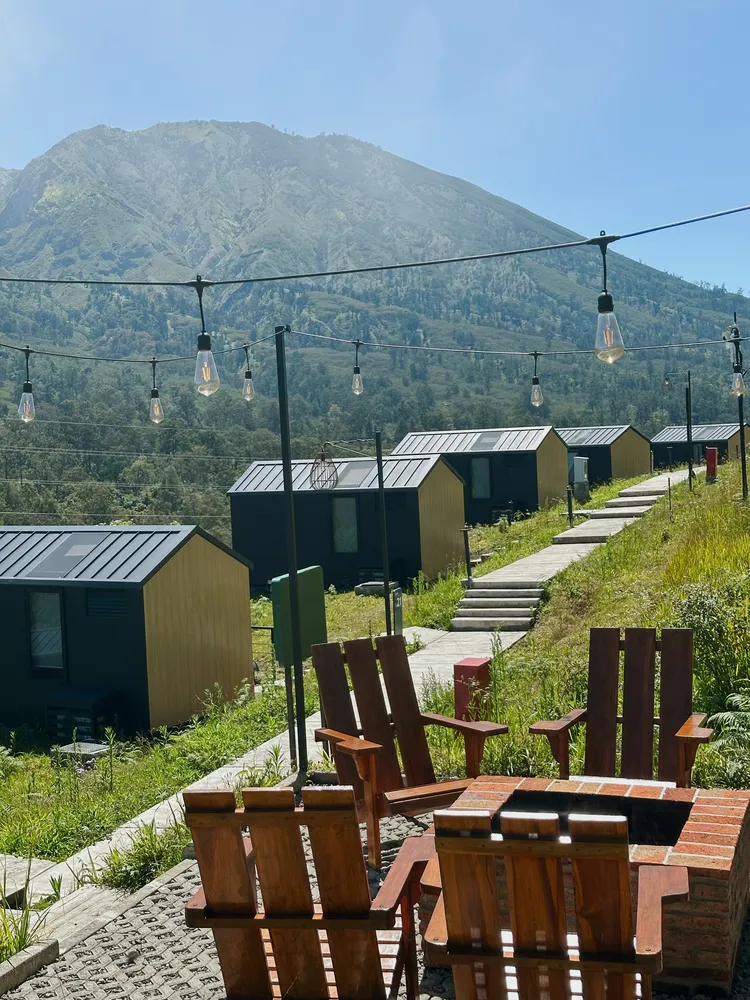
If you want to keep things super simple, we recommend booking your package on Seek Sophie. This way, you just need to decide on your itinerary and will have your accommodations taken care of. (Your tour guides, registration, gear rental will also be taken care of in this package as well!)
If you’re not booking a full package, there are homestays in either Bondowoso or Banyuwangi you can book, depending on how you arrive. Alternatively, you could also stay near base camp! We personally tried and loved Bobocabin Ijen, right next to the Paltuding base camp, which makes the 2AM start time way easier.
The Typical Ijen Itinerary

Here’s a rough timeline to give you an idea of what to expect of the trip!
- 01:00–02:00AM: Arrive at Paltuding base camp. Grab hot tea, a bite, and registration happens here.
- 02:00–04:00AM: Hike 1–2 hours to the crater rim. Early arrival = better views and less crowd stress.
- 04:00–05:00AM: Descend 30–45 minutes into the crater to see the blue fire.
- 05:00–06:00AM: Climb back up to the rim for sunrise over the lake! We didn’t manage to make it back up to the rim for sunrise due to traffic, we decided to just chill in the crater till much later, and that was very nice too.
Longer Itinerary with Mount Bromo + Tumpak Sewu

Most people combine Ijen with other epic landmarks in East Java. Bromo + Ijen is the classic pairing, but we recommend adding Tumpak Sewu, the rainbow village, or adding Yogyakarta or Bali to your itinerary too. Here’s the full guide to explore East Java!
Our favourite East Java itinerary that starts off from Surabaya looks something like this:
- Day 1: Arrival and visit Rainbow Village
- Day 2: Tumpak Sewu + chill
- Day 3: Mt Bromo
- Day 4: Ijen
The Sulfur Miners at Mt Ijen
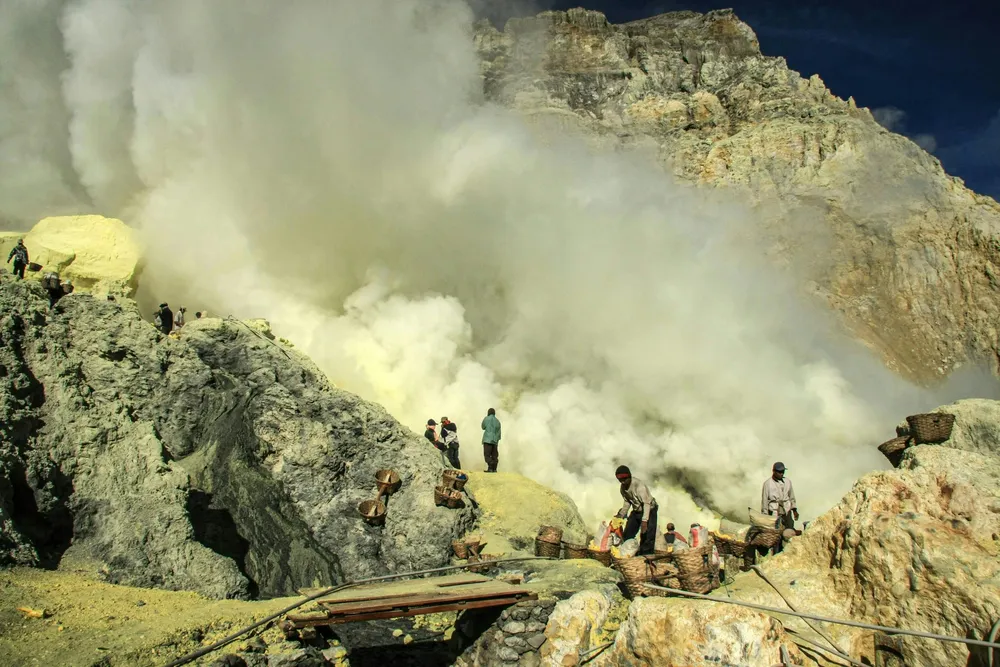
Mt Ijen also has a darker human side, because it’s still a working sulphur mine. The sulphur that creates the famous blue flames is also what locals mine for a living. So on the hike, you’ll see miners carrying huge chunks of sulphur up and down the crater.
Sulfur mining one of the toughest and most dangerous jobs around. Miners breathe toxic fumes and haul extremely heavy loads (sometimes up to 90kg) over steep, slippery volcanic paths, risking falls and serious injury — all for very low pay. They’re usually paid around Rp 1,000–1,500 per kilogram (about US$0.07–0.10), which means even after two brutal trips in a day, they might only earn around US$10–15.
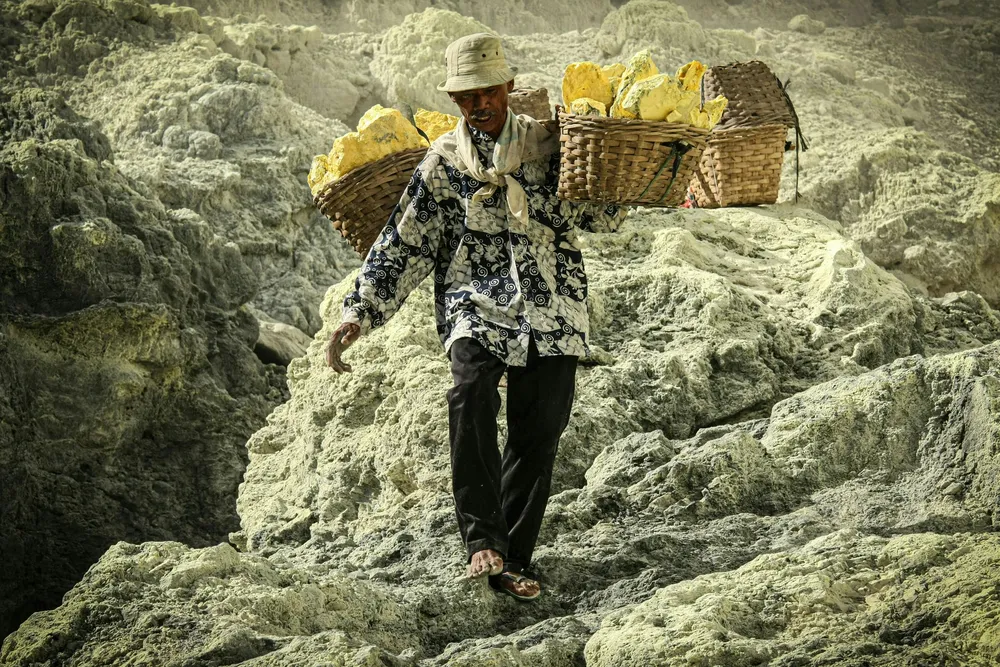
A lot of travellers take photos because it’s a striking sight, but it’s not something to “glorify”. If you’re there, please give miners the right of way, respect their space, and always ask before taking photos.
The good news is that tourism can really help improve the miners’ lives when it’s done responsibly. Some miners (or ex-miners) are able to earn safer, better income by working as hiking guides, operating trolleys that help pull hikers up steeper sections, or selling handmade sulphur carvings and souvenirs. If you’re climbing Ijen, supporting them in small ways can make a big difference!
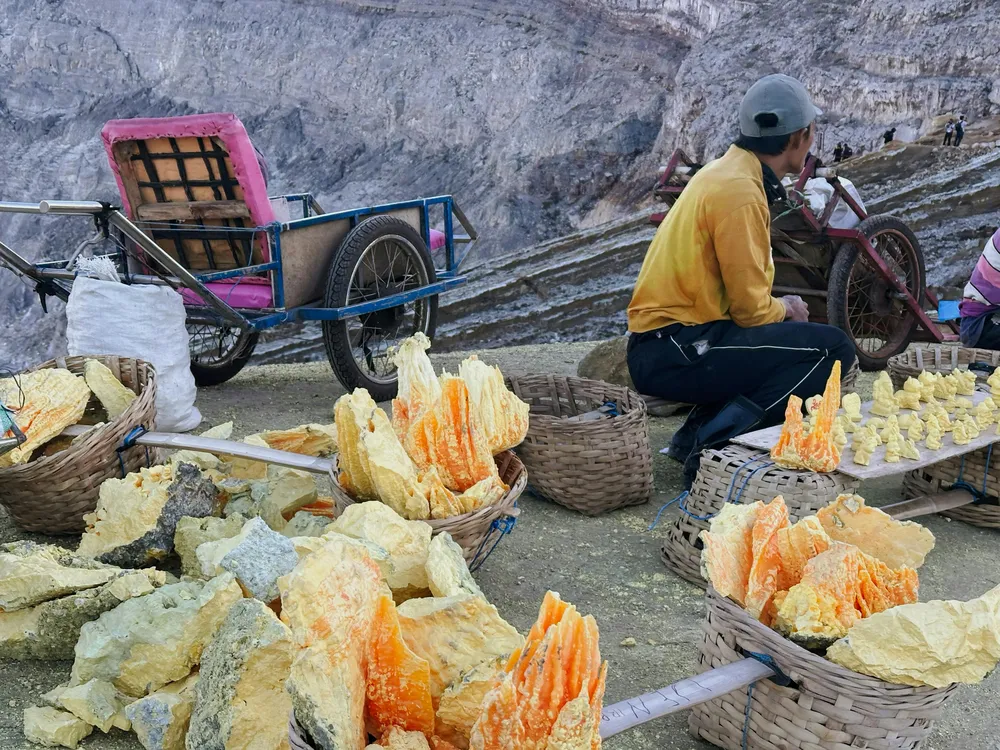
Useful FAQs
How much is the entrance fee?
At the time of writing, it’s Rp 150,000 for foreigners, plus Rp 5,000 for insurance. When booking an experience, you can check the inclusions to see if the price includes entrance fees - it usually is.
Must Ijen be done with a guide?

Yes, it’s no longer optional! After a few incidents in 2024, the East Java Conservation Agency now requires all foreign visitors to have a verified guide, no matter your experience or whether you’re planning to go only to the rim. You also need a health certificate plus insurance, all of which we will take care of when you make your booking.
How do I book a Mt Ijen hike?
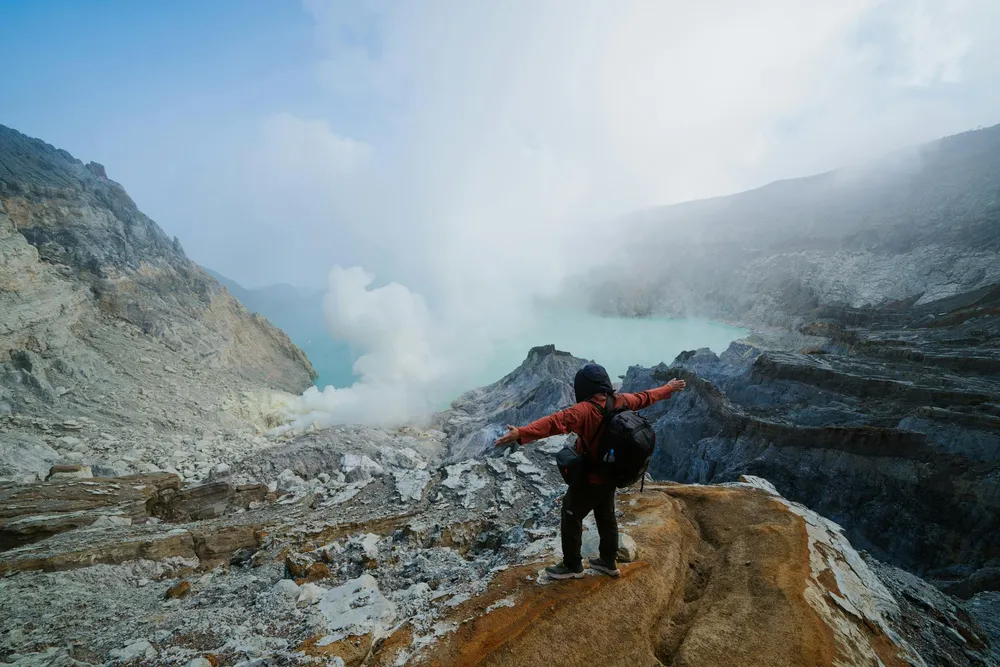
You can book your Ijen tour on Seek Sophie – it includes your hiking guide, transport, safety gear (like gas masks), and all the logistics so you don’t have to stress about the details.
If you’d like to book a longer East Java trip (that includes Ijen plus places like Bromo, waterfalls, or surrounding villages), you can also do that on Seek Sophie. These trips usually include accommodation, transport between locations, and local guides throughout!
What should I wear? And pack?

Wear
- Warm layers (heat-tech + long sleeve + puffer works well)
- Long pants (double layer heat-tech optional)
- Optional: hat, gloves, gaiter
- Sturdy hiking shoes/boots – terrain gets tricky
If you’re not great with the cold, bring extra layers (ie wear all the above!). We were freezing before the hike started! But once you get moving it gets warmer and you’ll probably want to strip down a bit.
Pack:
- Headlamp (usually included in your package)
- 1 to 1.5L water is good enough
- Some snacks. We were super hungry by the time we completed the hike in
- Camera/phone
- Small daypack
Will gas mask be provided?

Yes! It’s mandatory for the crater, and booking a package automatically sorts out the rental of the gas mask for you as well.
Can I bring a drone?
Yes, you can! Drone/LSR fees are around Rp 2,000,000. Just let us know when booking and we’ll get the permit sorted for you.
Should I use the trolley services?
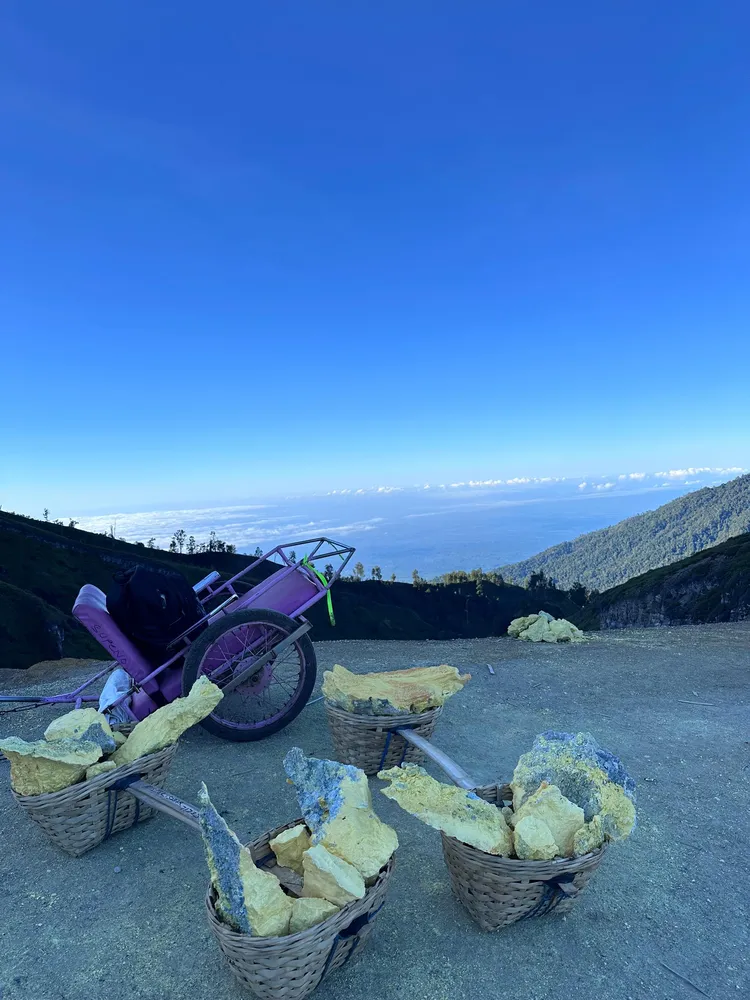
Trolley services are available for the Ijen hike! If the hike becomes too difficult, locals can push or pull carts up (or push you down) the mountain for a fee. Round trips can hit around Rp 1.5M and varies depending on when you start.
We had mixed feelings at first but our knees were killing us during the descent, so we tried it. The man running it used to be an ex-miner and said he much prefers this job. So you don’t need to feel too bad about taking it!
Uphill might not be the best option as it looks super tough and super difficult on the pullers, but you can consider it for the downhill stretch if you have weak knees!
Can you always see the blue flames at Ijen?

It is not guaranteed! The blue flames happen when sulfur gases ignite, but sometimes the crater is closed for safety if toxic gas levels are too high or there’s volcanic activity.
Even when the crater is open, fog, rain, or steam can make the flames hard to see. When we went, we just saw teeny tiny flames!
If you don’t see the blue flames, is it still worth visiting?
Definitely. The crater lake is our fave and we think just to see the lake from the crater rim makes it worth a visit!
Book your Ijen trip here! 👇
伊真火山体验 常见问题
从巴厘岛怎么去伊真火山?
你需要先从巴厘岛的住宿地搭乘巴士或私人车辆前往吉利马奴港口(Gilimanuk)。从那里有渡轮可以从巴厘岛西北部的吉利马奴港开往爪哇岛的克塔邦港(Ketapang)。到了爪哇后,你可以搭乘巴士、汽车,或在港口与导游会合,由他们带你前往伊真。你也可以选择一些旅行社,他们会安排从巴厘岛多个出发点到伊真的交通,还包括导游带你游火山。
游客在伊真火山之旅中可以期待什么?
伊真火山的徒步有多难?
在伊真火山旅行时需要注意哪些安全事项?
有哪些建议可以帮助游客更好地体验伊真火山?

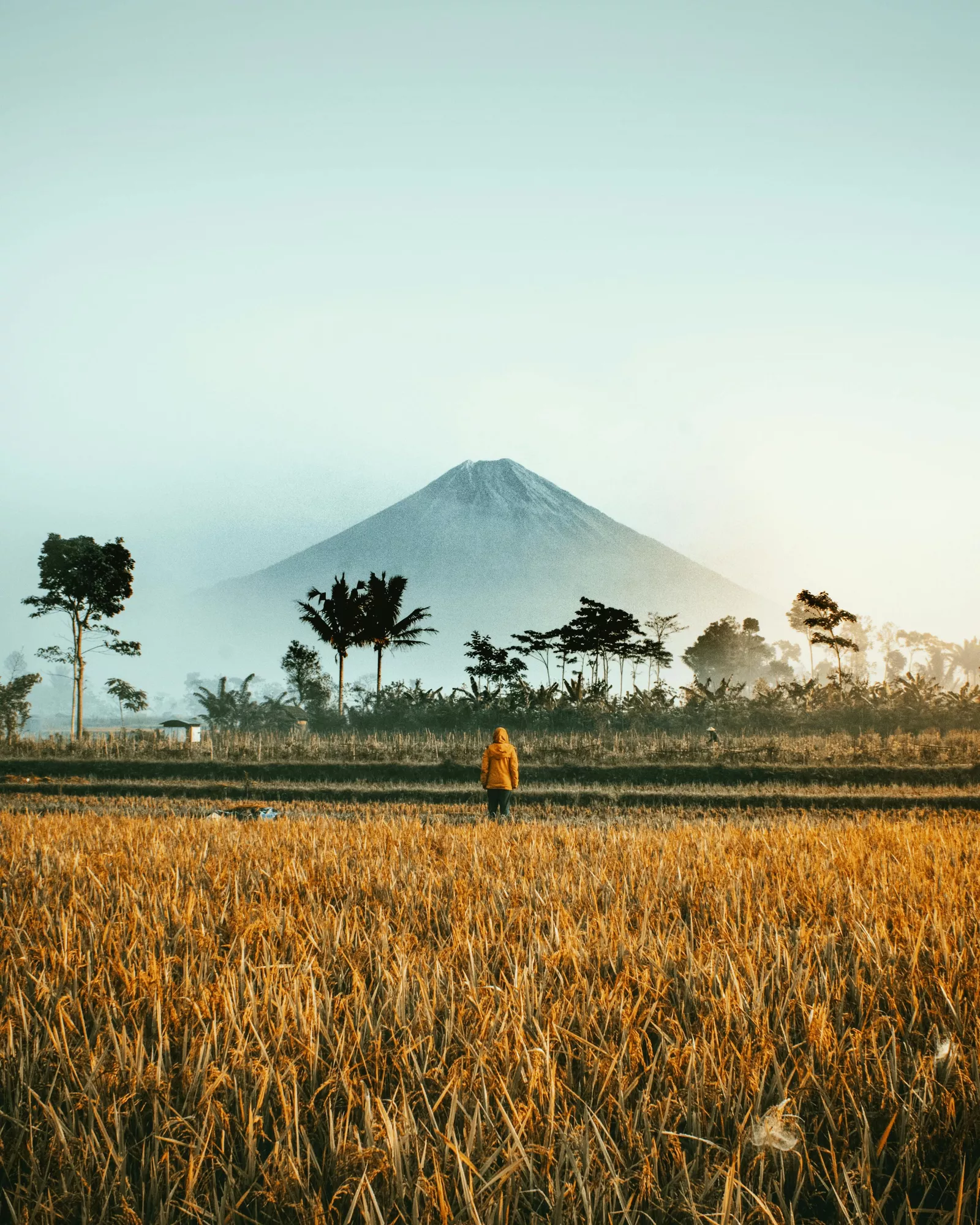
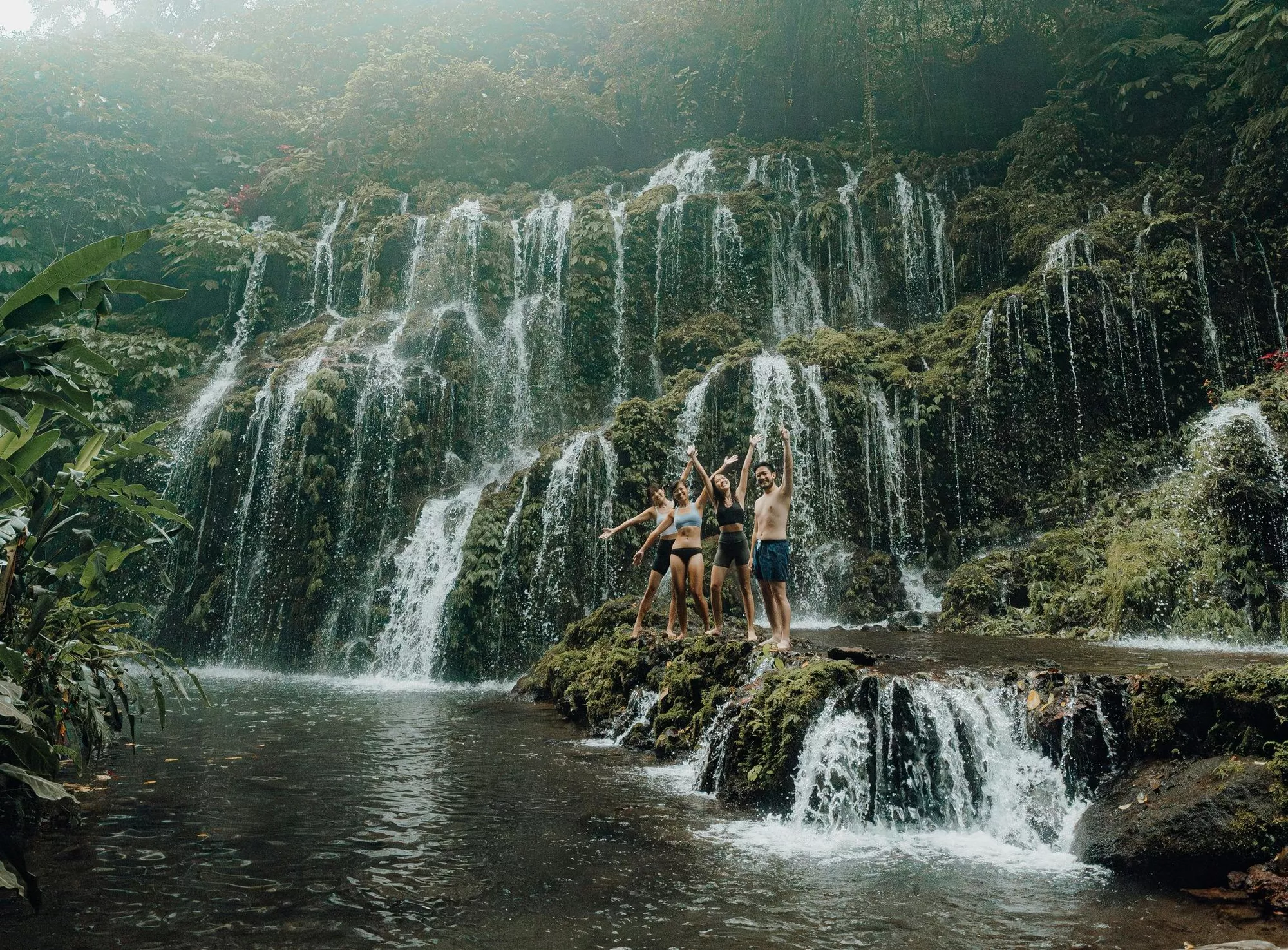
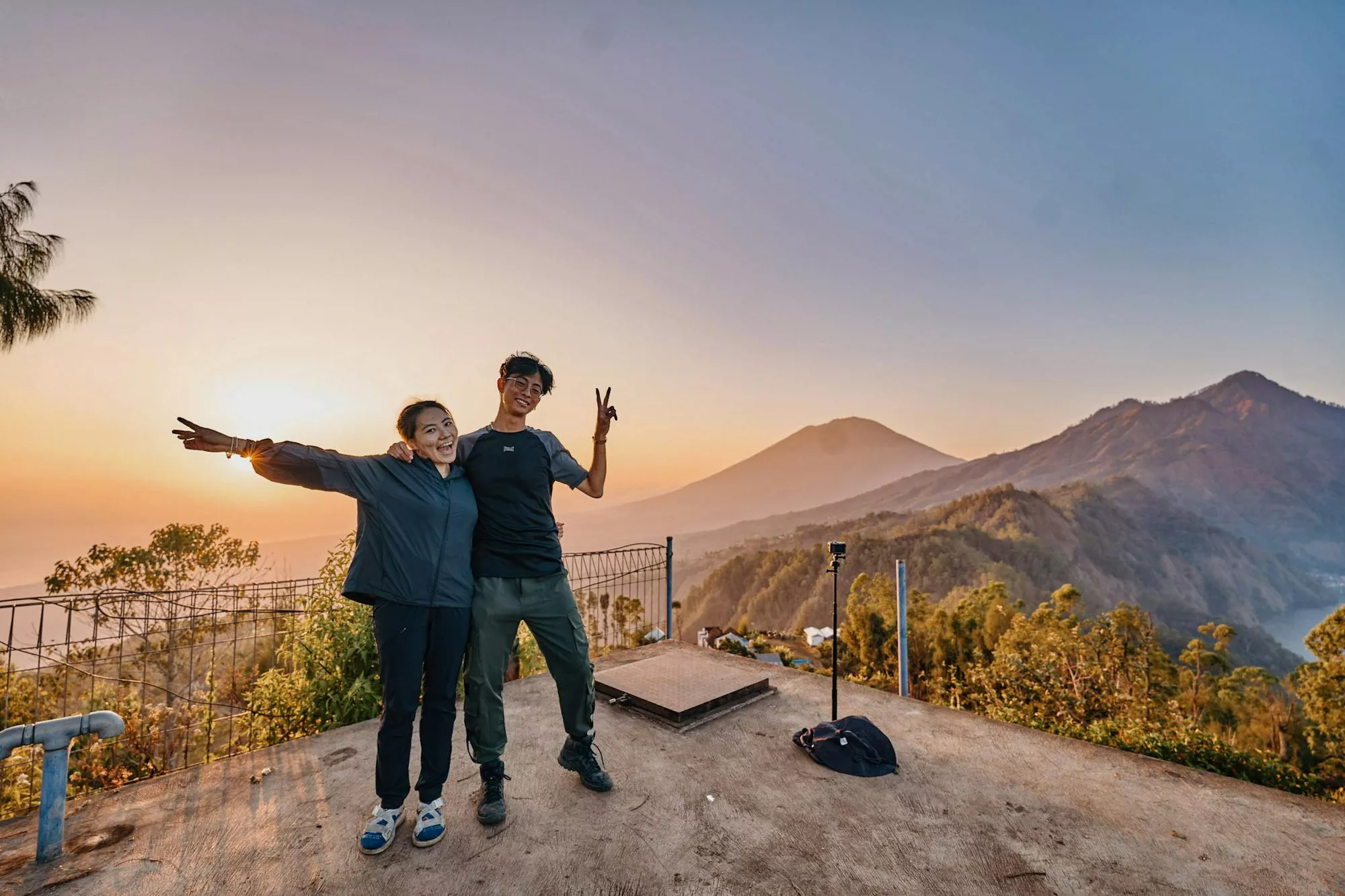
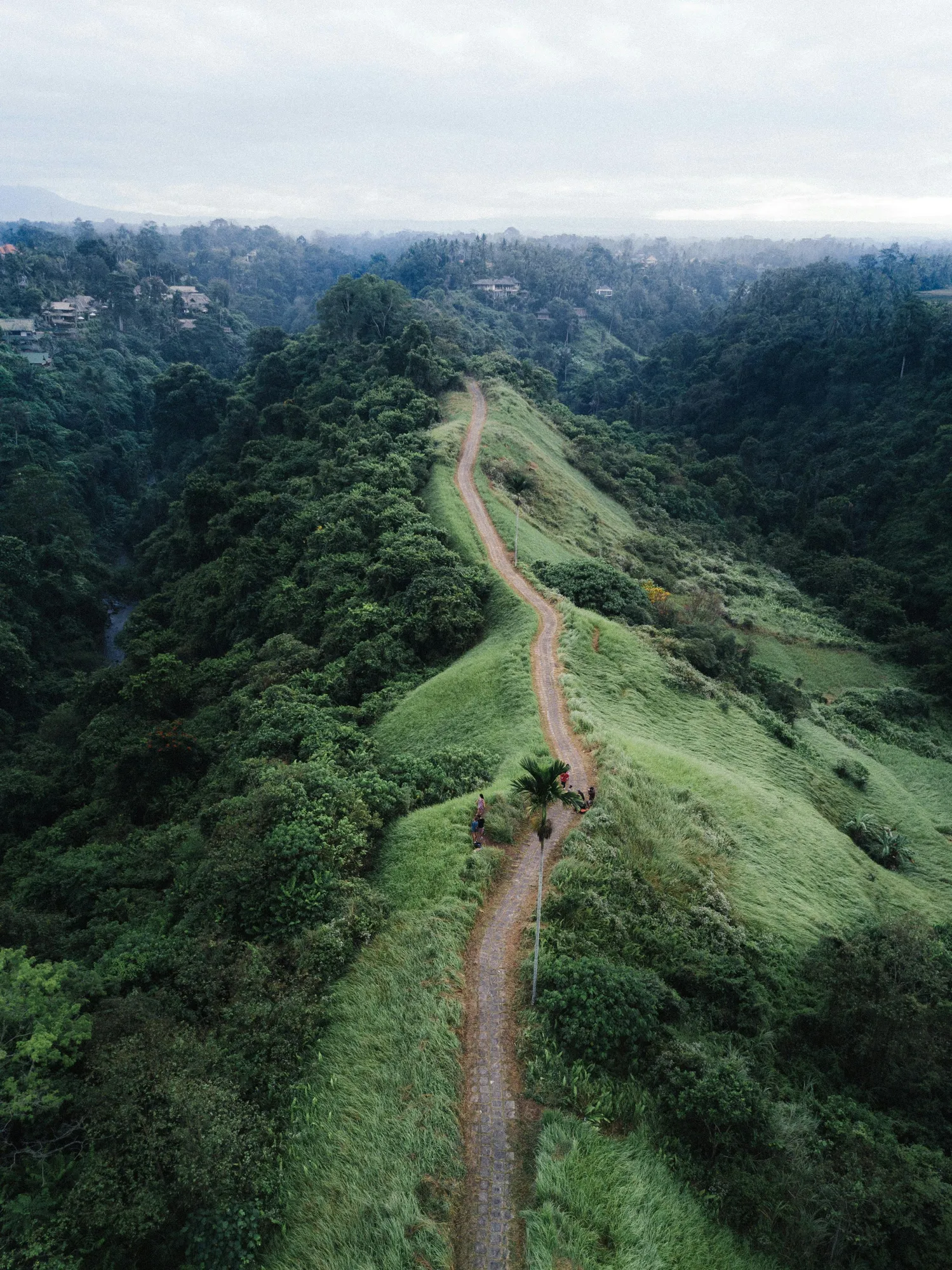


![巴图尔山:完全指南 & 如何避开人潮 [2025]](https://d18sx48tl6nre5.cloudfront.net/webp_md_419759df50222c532107ed80aed4fd60.webp)

![Labuan Bajo:12 个超棒体验和实用旅行建议 [2025]](https://d18sx48tl6nre5.cloudfront.net/webp_md_fbeccdf94f72d3ced7a242b51a7ec1af.webp)
![Labuan Bajo:12 个超棒体验和实用旅行建议 [2025]](https://d18sx48tl6nre5.cloudfront.net/webp_xl_23e3a1416ee88b873822e7a7a566a091.webp)




